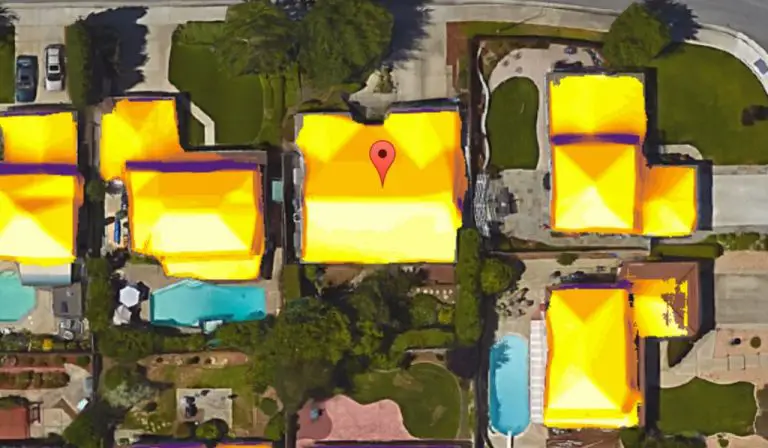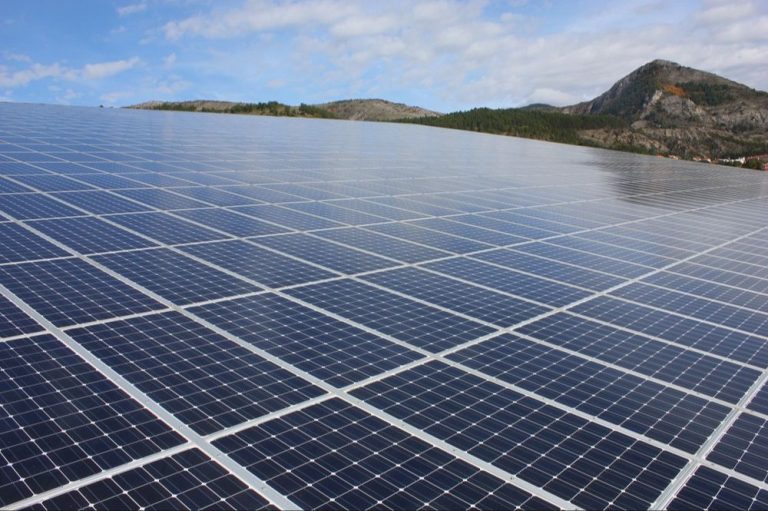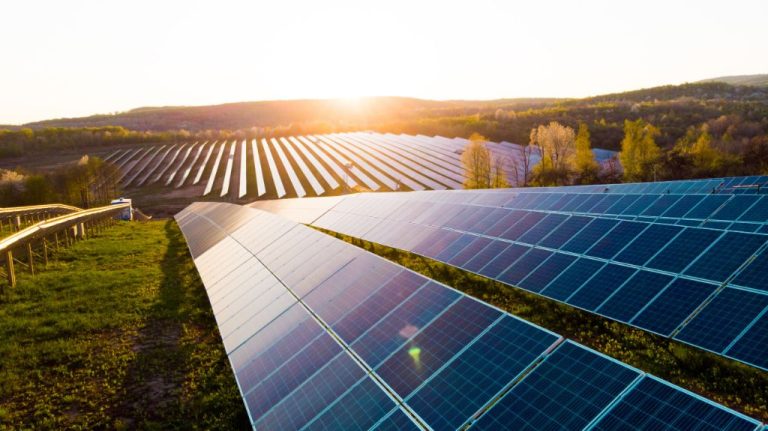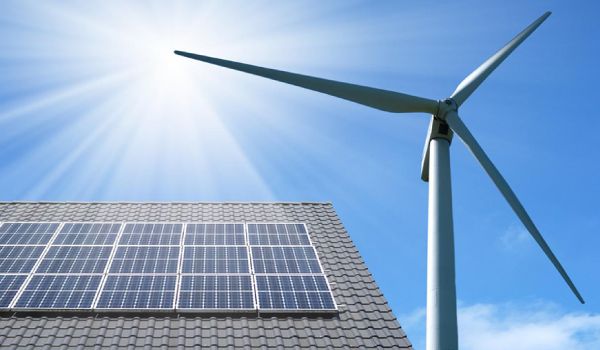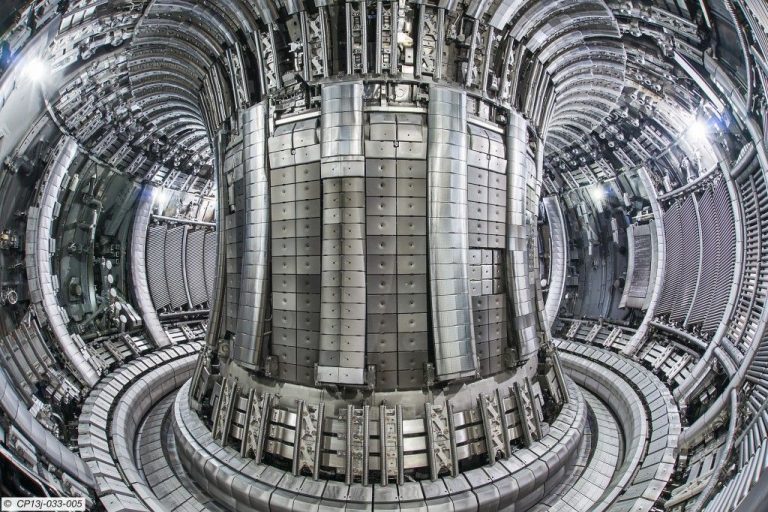What Are 3 Ways People Use Solar Thermal Energy?
Solar thermal energy refers to the harnessing of heat energy from the sun’s radiation. Solar thermal technologies convert sunlight into usable heat that can provide thermal energy for various domestic, commercial and industrial applications. There are three main ways that solar thermal energy is utilized:
1. Heating water – Solar thermal collectors are used to heat water for domestic and industrial use.
2. Heating buildings – Solar thermal energy can be used to heat the inside of homes, offices, warehouses and other buildings.
3. Industrial processes – Factories use solar thermal energy for processing heat and steam generation.
Heating Water
One of the most common uses of solar thermal energy is to heat water for residential and commercial buildings. Solar water heating systems can be installed on rooftops or on the ground near buildings. They work by allowing sunlight to heat up water inside panels or tubes, which is then pumped to a storage tank for later use.
For homes, solar water heaters can provide all the hot water needed for bathing, washing dishes and clothes, and other uses. The systems work well in sunny climates and can reduce water heating bills by 50-80%. Many homeowners choose to install solar water heaters to go green and reduce energy costs.
Solar thermal systems are also popular for heating water at hotels, gyms, hospitals and other facilities that have high hot water usage. Large commercial-scale solar water heating systems can have storage tanks that hold thousands of gallons of hot water. The abundant hot water can supply laundry facilities, kitchens, pools, hot tubs, showers and more.
Solar water heating is one of the most cost-effective uses of solar energy. The systems have a relatively short payback period and provide decades of reliable hot water with minimal maintenance. As solar panel costs continue to decrease, solar thermal systems are becoming even more affordable and practical for heating water.
Heating Buildings
Solar thermal energy can be used to heat buildings through solar heating systems. These systems use solar collectors, often mounted on the roof, which absorb heat from the sun and transfer it to a fluid. This heated fluid then circulates through pipes to provide space heating and hot water within the building.
For solar space heating, the system works by pumping the heated fluid from the solar collectors into a heat exchanger or storage tank. This transfers the thermal energy to air or water, which is then distributed throughout the building. Fans and ductwork circulate the heated air while pipes distribute hot water to provide radiant floor heating or to warm air via conventional radiators or vents.
Solar space heating is most cost-effective for buildings with high heating loads like warehouses, schools, and residential homes in cold climates. The solar collectors are sized to provide a portion of the building’s heating needs, reducing the amount of energy required from conventional heating systems.
Benefits of solar space heating include reducing electricity and gas consumption, lowering heating bills, and minimizing environmental impact. With energy efficient building techniques like high insulation, solar heating systems can provide over half of a building’s space heating demand. Solar thermal technology presents a renewable, sustainable way to warm buildings with free energy from the sun.
Industrial Processes
Solar thermal energy can provide low-cost process heat for industrial manufacturing. Many industrial processes require significant heat input, which is traditionally provided by the combustion of fossil fuels. However, concentrating solar thermal systems can generate high temperature process heat up to 300°C that can replace a portion of fossil fuel use.
Some examples of industries that can utilize solar process heat include food processing, textile production, chemical refining, metal finishing, and more. Solar thermal systems with parabolic trough mirrors or linear Fresnel reflectors can concentrate sunlight to heat fluids like thermal oil or pressurized steam.
Using solar thermal for industrial processes reduces fossil fuel consumption and associated greenhouse gas emissions. It can also provide a reliable and stable heat source to buffer against energy price volatility. With thermal energy storage, solar process heat can be dispatchable 24/7.
There are several demonstration and commercial-scale systems already in place globally. For example, a food processing plant in California uses parabolic troughs to provide most of its process steam. Various breweries and dairies also employ solar process heat. While upfront costs are still high, performance incentives and emissions reductions make solar thermal competitive for industrial uses in many markets.
Solar Cooking
Solar cookers use sunlight as a source of heat for cooking. They work by concentrating sunlight onto a small cooking area, generating temperatures high enough to cook food. Some key ways that people use solar cookers include:
– Box cookers: These are the most common type of solar cooker, consisting of an insulated box with a glass or plastic lid. The food is placed inside the box, which traps heat to cook the food. Box cookers can reach temperatures up to 300°F.
– Panel cookers: These use reflective panels to direct sunlight onto a cooking pot. The pot is placed in an insulated compartment or surrounded by a glass enclosure to trap heat. Panel cookers can reach temperatures up to 350°F.
– Parabolic cookers: This type uses a parabolic dish to focus sunlight on a cooking pot at the focal point. The concentrated sunlight can produce very high temperatures over 400°F. Parabolic cookers work fastest but require more frequent adjustment to track the sun.
– Hybrid cookers: Some solar cookers combine electric or gas heating along with solar energy for flexibility in weather conditions. These cookers retain the low costs of solar but give the ability to cook on cloudy days.
Solar cookers are simple to use, portable, and work for all kinds of everyday cooking needs. They help conserve fuel resources and avoid pollution and deforestation from traditional cooking fuels. With free solar energy, solar cooking provides a sustainable and eco-friendly cooking solution.
Solar Cooling
Solar cooling systems use solar thermal energy to provide air conditioning and refrigeration. They are also known as solar thermal cooling systems. These systems convert solar heat into cooling by using thermally-driven chillers and absorbers. There are three main types of solar cooling technologies:
Solar absorption cooling – This uses a thermal compression cycle with an absorber, generator, condenser, evaporator and heat exchanger. A heat transfer fluid like water is heated by solar thermal collectors. This transfers heat to a refrigerant in the generator, producing a high pressure refrigerant gas. The gas is condensed into liquid which evaporates at low pressure to provide cooling. The cycle then repeats.
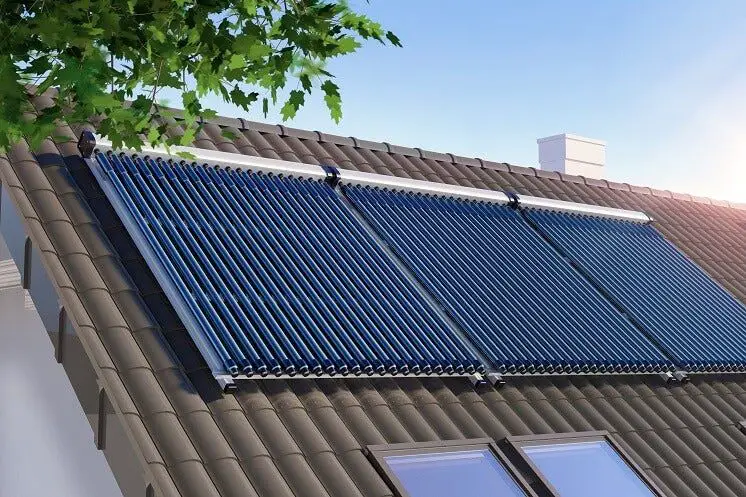
Solar adsorption cooling – This uses an adsorption cycle with an evaporator, condenser and adsorption beds filled with silica gel. The adsorbent bed alternately adsorbs and desorbs refrigerant vapor like water or methanol when heated or cooled. Solar thermal energy provides the heating and cooling to drive the cycle.
Solar desiccant cooling – This uses a desiccant material like silica gel to absorb water vapor from air. The process of absorbing moisture is exothermic so the air is cooled. Solar thermal energy is used to re-heat and regenerate the desiccant material for the next cycle.
Solar cooling systems are environmentally friendly alternatives to conventional air conditioning powered by electricity from fossil fuels. They provide zero greenhouse gas emissions and can significantly reduce energy costs by utilizing renewable solar energy.
Solar Power Generation
One of the most well-known uses of solar thermal energy is to generate electricity. This is done by using mirrors or lenses to concentrate sunlight onto a receiver containing a heat transfer fluid. The concentrated sunlight heats the fluid to a high temperature, which is then used to heat water and create steam. The steam spins a turbine that is connected to an electrical generator, producing electricity.
There are a few different technologies used for solar thermal electricity generation:
- Parabolic trough systems use long, curved mirrors to focus sunlight onto a receiver pipe running along the trough’s focal point. The heated fluid in the pipe is used to generate steam.
- Power tower systems use a field of flat mirrors (heliostats) to concentrate sunlight onto a central receiver atop a tower. The receiver gets very hot, heating up the transfer fluid.
- Parabolic dish systems use dish-shaped reflectors that concentrate sunlight onto a receiver at the focal point. The receiver heats up quickly and drives a small engine/generator.
Solar thermal electricity generation provides a renewable, emission-free way to produce power. The capacity of solar thermal power plants ranges from a few megawatts up to several hundred megawatts, making this technology competitive with fossil fuel plants. With thermal storage, solar thermal plants can provide dispatchable, baseload power that complements intermittent solar PV.
Agricultural Drying
Solar drying is commonly used in agriculture to dehydrate and preserve crops, fruits, vegetables, and other foods. Instead of traditional drying methods that rely on fossil fuels, solar crop drying uses the natural warmth of the sun to remove moisture from foods.
Solar dryers come in many designs but often consist of a drying chamber with air vents and a transparent cover. The sun’s radiation heats the air inside the dryer, which absorbs moisture from the food. The warm, moist air then escapes through the vents, allowing the food to dry.
Solar drying has many benefits for agriculture. It helps preserve foods for long-term storage and reduces waste. Solar-dried foods retain more nutrients than alternatives like sun drying. It eliminates food contamination from smoke, ashes, and insects. Solar dryers also function as small greenhouses to provide heat for seedlings.
Solar drying works for many crops, including fruits like mango, banana, pineapple, figs; vegetables like chili pepper, okra, carrot; cash crops like coffee, tea, tobacco; and staple crops like rice, corn, wheat. Solar drying produces healthy dried foods while reducing reliance on fossil fuels.
Desalination
One of the most promising applications of solar thermal energy is using it to desalinate seawater and produce freshwater. Areas with limited natural freshwater supplies can use solar desalination to provide clean drinking water. The process works by using solar heat to evaporate salty water, leaving behind freshwater for collection and use.
There are two main types of solar desalination systems: direct and indirect. Direct systems use solar energy to directly heat the saltwater until it evaporates. Indirect systems use solar heat to produce steam in a separate loop, which then provides the thermal energy to evaporate the seawater. Both approaches take advantage of the free and abundant thermal energy from the sun to cleanly produce freshwater.
Solar desalination is increasingly being used around the world in places like the Middle East, North Africa, Spain, and the United States. Larger-scale solar desalination plants can produce thousands of liters of drinking water every day. Some facilities combine solar desalination with electricity generation in the same plant. This provides a reliable source of both water and power in regions with scarce freshwater resources.
With improvements in solar technology and desalination techniques, solar-powered desalination is poised to grow as a sustainable solution for producing freshwater in water-stressed parts of the world. The potential is massive given the vast amounts of seawater available and solar energy that shines on Earth every day. Solar desalination combines the power of the sun with the need for clean drinking water to provide a promising pathway for the future.
Conclusion
Solar thermal energy has proven to be highly versatile, with a diverse range of applications being developed and demonstrated around the world. The three primary uses of solar thermal energy covered in this article – water heating, space heating, and industrial processes – comprise the bulk of installed solar thermal capacity globally. However, innovative solar thermal technologies continue to push the boundaries of how this renewable energy source can be leveraged.
Looking ahead, solar thermal systems are well positioned to play an expanding role in sectors like solar cooking, solar cooling, power generation, agriculture, and desalination. With further technological improvements and falling costs, the future is bright for solar thermal. Whether providing hot water to households, or driving large-scale industrial processes, solar thermal promises to be a critical piece of the global transition to sustainable, clean energy.

